Introduction: The Purpose and Function of Motorcycle Fairings
Motorcycle fairings are essential components that serve both functional and aesthetic purposes. These structures, typically made of fiberglass or plastic, are mounted to the front of motorcycles and play a crucial role in improving aerodynamics, enhancing rider comfort, and adding style to the overall design. In this article, we will explore the features and benefits of motorcycle fairings, shedding light on their importance and impact on the riding experience.
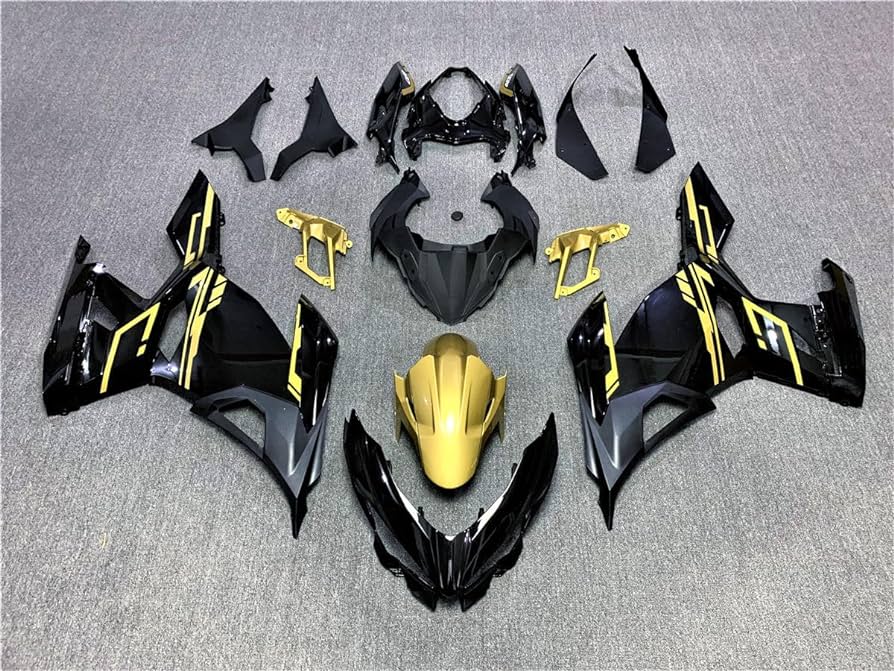
Enhanced Aerodynamics and Style: Understanding Motorcycle Fairings
-
Streamlined Shape: Optimizing Aerodynamics
One of the primary functions of a motorcycle fairing is to improve the aerodynamic profile of the bike. By providing a sleek and streamlined shape, a fairing minimizes wind resistance and drag, allowing the bike to slice through the air more efficiently. This enhanced aerodynamics can lead to several benefits, such as increased stability, improved fuel efficiency, and reduced fatigue for the rider.
-
Wind Protection: Shielding the Rider
Motorcycle fairings offer crucial wind protection for the rider. They deflect wind, reducing the force of wind blasts and creating a smoother and more comfortable riding experience. The fairing forms a protective barrier around the rider, minimizing wind noise and turbulence, and reducing fatigue on long rides. The windscreen, a prominent feature of the fairing, further shields the rider’s upper body from wind and debris, enhancing safety and providing an enjoyable riding experience.
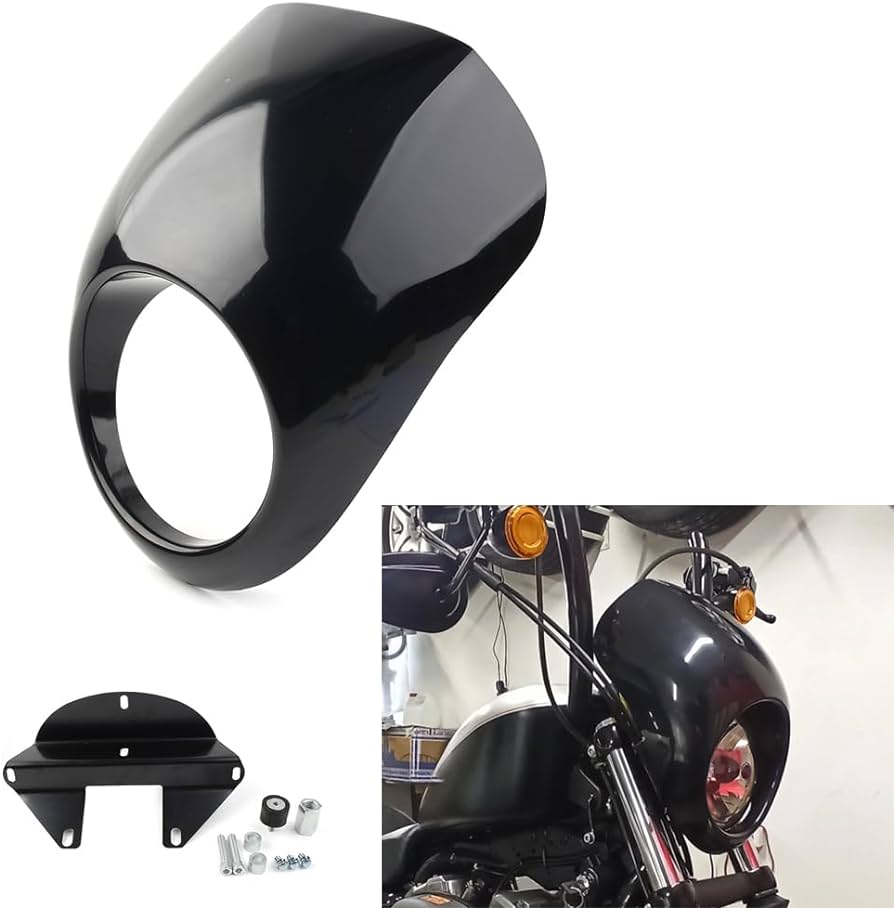
-
Weather Protection: Guarding Against the Elements
In addition to wind protection, motorcycle fairings also offer weather protection for the rider. They help shield the rider from rain, snow, and other environmental elements, preventing direct contact with these elements and reducing the risk of discomfort or distraction. The fairing’s coverage extends to the rider’s hands and legs, providing a level of insulation and minimizing the impact of extreme temperatures. This protection allows riders to maintain better control and focus, especially in adverse weather conditions.
-
Instrumentation and Storage: Convenient Features
Modern motorcycle fairings often incorporate built-in instrumentation and storage compartments, adding functionality and convenience to the riding experience. Fairings may include digital or analog displays that offer vital information, such as speed, engine RPM, and fuel levels, within the rider’s line of sight. Some fairings also provide built-in storage compartments, allowing riders to store small items such as wallets, phones, or gloves securely and conveniently.
-
Impact Resistance: Enhanced Safety
Motorcycle fairings contribute to rider safety by providing an additional layer of impact resistance. In the event of a minor collision or accident, the fairing can absorb some of the impact and protect vital components of the bike, such as the engine and fuel tank. This protection helps to minimize damage and reduce the risk of injury to the rider. Additionally, fairings can also improve visibility by incorporating reflective materials or built-in lights, enhancing the motorcycle’s visibility to other road users in low-light conditions.
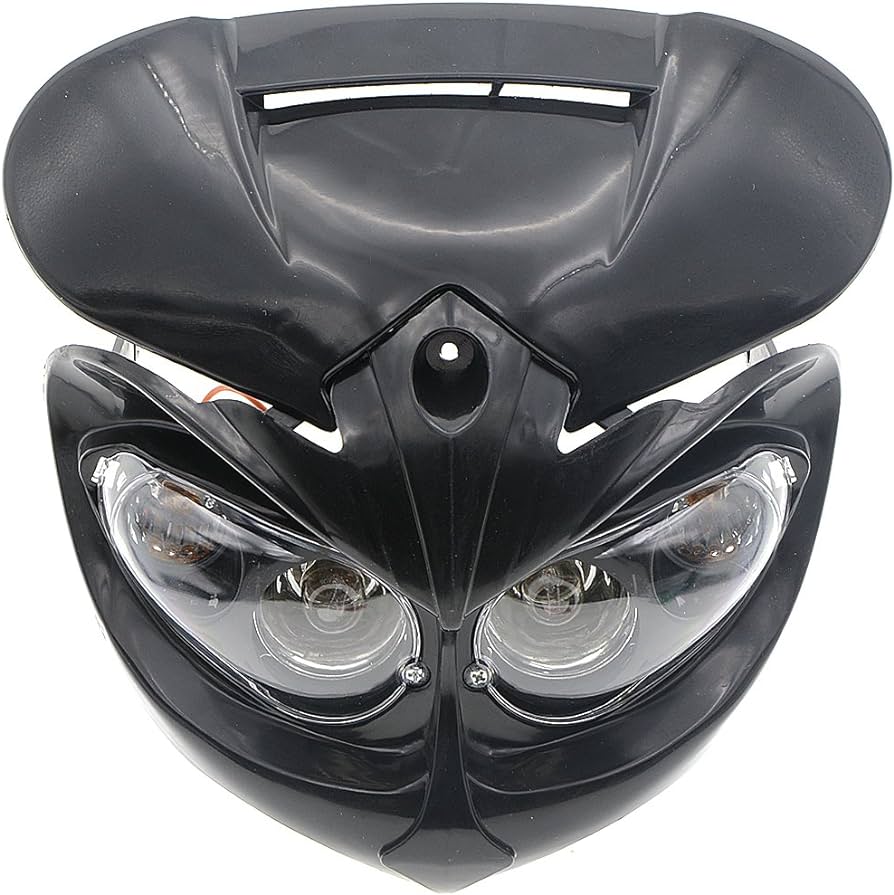
-
Customization and Style: Personalizing the Motorcycle
Fairings are not only functional but also allow riders to personalize and customize the appearance of their motorcycles. Motorcycle fairings come in a variety of shapes, sizes, and colors, providing riders with a wide range of options to suit their preferences and reflect their personal style. Whether it’s a sleek sportbike fairing, a vintage-style fairing, or a bold and colorful design, fairings offer endless possibilities for creating a unique and eye-catching aesthetic.
Maintenance and Upkeep: Ensuring Optimal Performance
To ensure the fairing continues to function properly and maintain its appearance, regular maintenance and upkeep are essential. Here are a few tips for maintaining motorcycle fairings:
- Regular cleaning: Clean the fairing regularly with mild soap and water to remove dirt, dust, and road grime. Avoid using abrasive cleaners or rough sponges that could scratch the fairing’s surface.
- Inspection: Periodically inspect the fairing for any cracks, damage, or loose fasteners. Address any issues promptly to prevent further damage and to preserve the fairing’s structural integrity.
- Damage repair: If the fairing becomes damaged, consult a professional repair service or follow manufacturer guidelines for proper repair techniques. Promptly repairing any damage will ensure optimal functionality and appearance.
- UV protection: Apply a protective coating or wax specifically designed for plastic or fiberglass fairings to prevent sun damage and fading caused by prolonged exposure to UV rays.
- Secure mounting: Check the fairing’s mounting brackets or hardware regularly to ensure they are secure and properly aligned. Loose or misaligned fairings can compromise the rider’s safety and the fairing’s functionality.
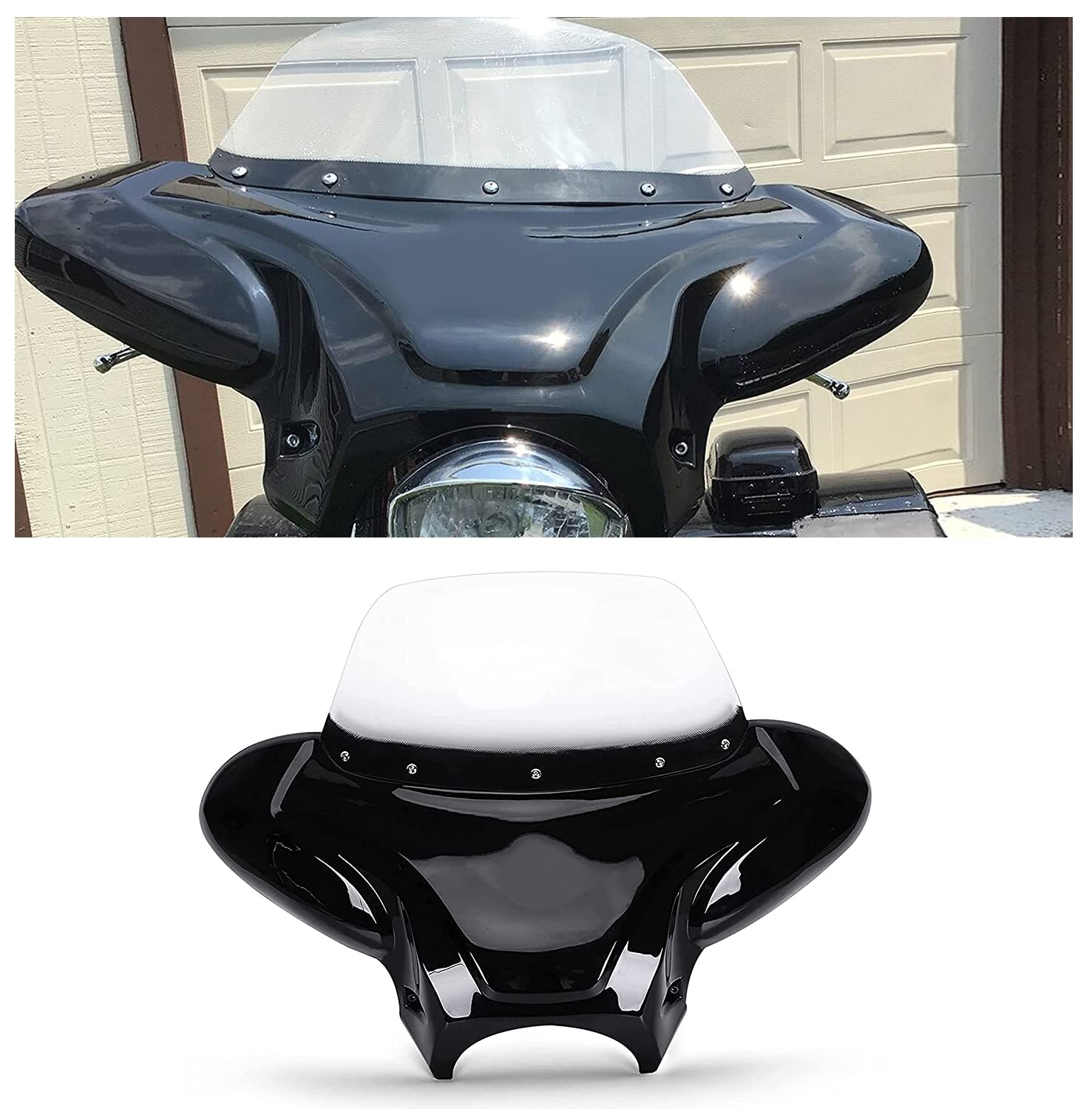
-
Types of Motorcycle Fairings: Exploring Variations
Motorcycle fairings come in various types, each designed to serve different purposes and accommodate different riding styles. Let’s explore some common types of motorcycle fairings:
Full Fairing:
Full fairings cover the entire front area of the motorcycle, including the engine, handlebars, and windscreen. They offer the most comprehensive wind and weather protection and are commonly found on sportbikes and touring motorcycles. Full fairings are ideal for high-speed riding or long-distance journeys, providing maximum comfort and aerodynamic efficiency.
Half Fairing:
Half fairings partially cover the bike’s front area, typically protecting the upper section, including the windscreen and instrument panel. They offer some wind protection while maintaining a sportier and more streamlined appearance. Half fairings are frequently seen on street bikes, café racers, and some standard motorcycles.
Quarter Fairing:
As the name suggests, quarter fairings cover a quarter of the front area, typically enclosing the headlight and gauges. While offering minimal wind protection, quarter fairings contribute to improved aerodynamics and a sleek look. They are common on naked or streetfighter-style motorcycles.
Bikini Fairing:
Similar to a quarter fairing, a bikini fairing is a minimalistic option that only covers the top portion of the bike’s front end. It typically consists of a small windscreen, providing some wind deflection. Bikini fairings are often seen on cruisers and retro-styled motorcycles.
Racing Fairing:
Racing fairings are designed specifically for track use or racing purposes. They are extremely streamlined and lightweight, featuring aggressive aerodynamic shapes to minimize drag and maximize performance. Racing fairings usually lack the street-legal features, such as headlights and turn signals, found on other fairing types.
Off-Road Fairing:
Off-road fairings are built to withstand the rigors of off-road riding and provide minimal wind protection while prioritizing durability and impact resistance. They are often made of more rugged materials, such as polycarbonate or high-impact plastics, to withstand off-road conditions.
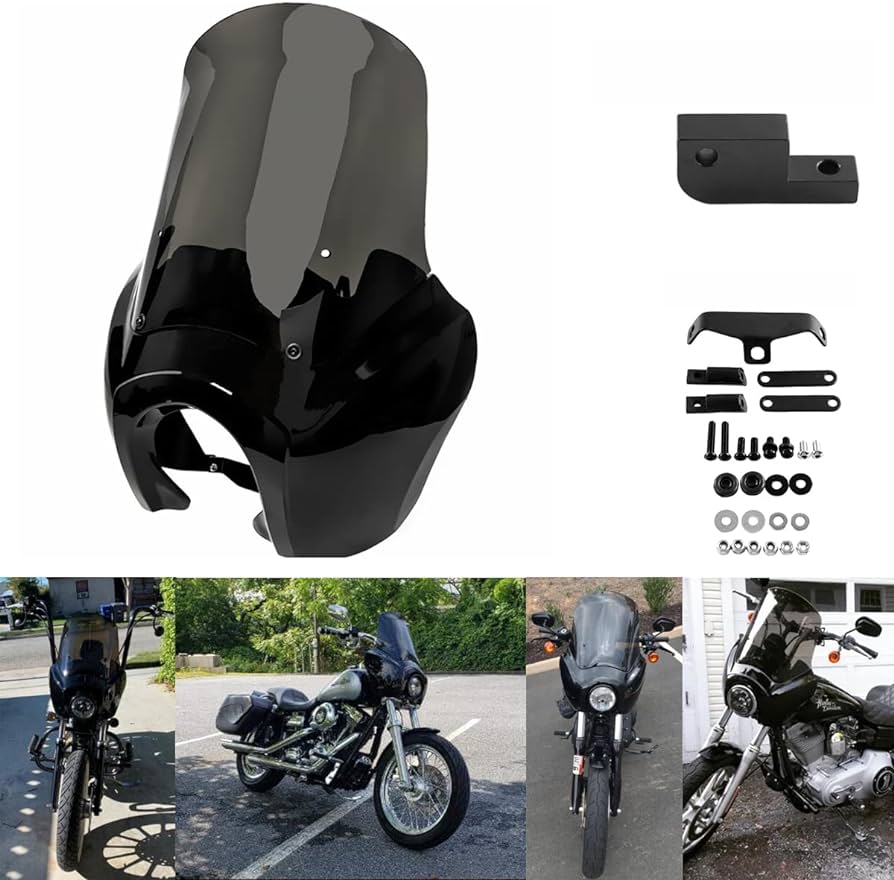
Conclusion: The Essential Role of Motorcycle Fairings
Motorcycle fairings are integral components that enhance the riding experience in multiple ways. By optimizing aerodynamics, fairings improve stability, fuel efficiency, and rider comfort. They provide crucial wind and weather protection, shield the rider from environmental elements, and reduce fatigue. Fairings also offer functional features such as built-in instrumentation and storage compartments. In terms of safety, fairings contribute to impact resistance and visibility on the road. Moreover, fairings allow riders to personalize their motorcycles and add a touch of style to their rides. By properly maintaining fairings, riders can ensure their optimal performance and prolong their lifespan. Overall, motorcycle fairings are more than just aesthetic additions – they are essential components that combine functionality, safety, and style to enhance the overall enjoyment of the ride.
